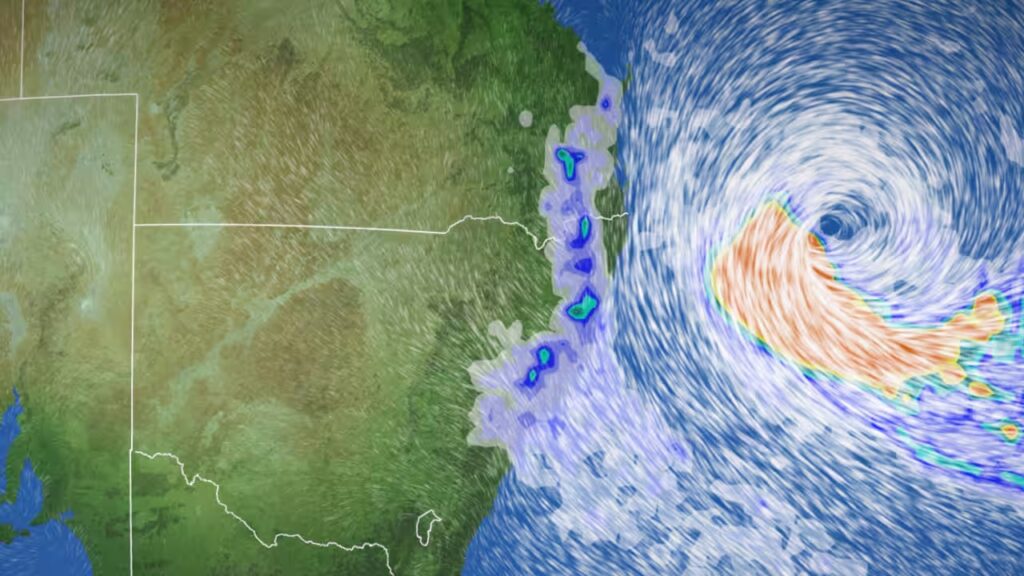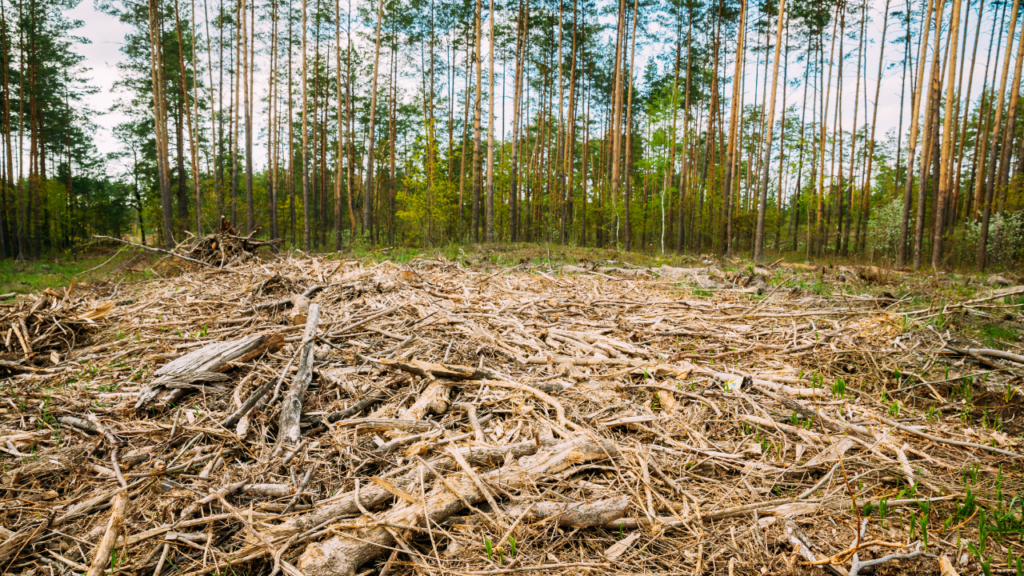Agriculture has always been an important part of Australia’s identity, our economy and society. Our farmers provide essential foods and fibres, and support good jobs in every part of the country.
At the same time, our agriculture sector produces a lot of climate pollution, primarily through raising livestock, and is highly vulnerable to the impacts of climate change. Slashing climate pollution ensures Australians can continue to farm safely and productively today, and into the future.
There are a number of emerging opportunities and technologies that show promise in reducing agriculture’s impact on our climate. We need to get on with doing what we can to embrace these solutions now, while governments and the farming industry work together to find more solutions. Like every other part of our economy, agriculture needs to play a role in cleaning up climate pollution to create a safer future for our kids.
How does agriculture impact climate change?
In Australia, agriculture accounts for around 18% of our total climate pollution.
Most of this pollution is a harmful greenhouse gas that is often overlooked: methane. Agriculture was responsible for over half of Australia’s methane emissions in 2022-23, the largest share of any sector of our economy, with nearly 65% of the climate pollution coming from methane burped by cattle as they digest their food.
Beyond the burping of cows and sheep (yes, it’s mainly burps not farts!), the production of rice creates around 8-11% of global methane pollution from human activities. Rice is traditionally grown in flooded paddy fields, where water stops oxygen from penetrating the soil. This creates the ideal conditions for methane-producing bacteria. In 2023, around 70,000 hectares of Australian land was used for growing rice, across approximately 1,500 agricultural businesses mostly based in New South Wales and Queensland.
Another source of pollution from agriculture is the use of nitrogen fertilisers, which releases nitrous oxide – another harmful greenhouse gas which is around 300 times more potent than carbon dioxide.
Farmers are already experiencing climate harms through more frequent, extreme and unpredictable weather. Droughts, floods and fires that damage rural areas impact all Australians because they can affect the price, quality and reliability of our food supply. Farmers are already grappling with:
- Inconsistent rainfall in winter and spring.
- Warmer temperatures contributing to longer and harsher droughts and worsening fire conditions. These temperatures can attract new pests, make land unsuitable for growing, cause crop stress, decrease production and make it harder to keep animals healthy and safe.
- More extreme rain that (when it falls) damages crops and farm infrastructure, and causes soil erosion.
- Unseasonal frosts and hail that can wipe out crops.
On top of this, increasingly extreme unnatural disasters can damage rural roads, rail and supply chains, making food less available and more expensive.
How can farmers tackle climate change?
Sixty percent of Australia’s land is privately owned or leased for agricultural production, and it’s estimated that two thirds of that land still has some native vegetation on it. There are opportunities for Australian farmers to boost profits and cut climate pollution by caring for existing forests and landscapes, or incorporating trees and shrubs into their farms (known as agroforestry).
There are many other farming innovations benefiting farmers’ hip pockets and the climate at the same time. These include reducing fertiliser use, diversification into renewable energy, soil carbon sequestration and regenerative agriculture.
A great example is grazing sheep under solar panels, bringing in regular cash for producers while improving conditions for their animals. When a farm’s solar panels cool in the evening, the condensation rolls off the face of the panels and drips onto the ground, watering the grass below. The panels also provide shelter for sheep in the hot sun, meaning they live healthier and happier lives. Farmers have recorded up to a 15% increase in wool production after installing solar panels on their properties.
For livestock farmers, supplements derived from the red seaweed (Asparagopsis) and the chemical 3-NOP (3-Nitroxypropanol) have already been piloted and are starting to be scaled up for delivery. Early studies suggest supplements like these can significantly reduce the amount of methane animals burp out, by up to 90% for Asparagopsis and 40% for 3-NOP. There are also potential solutions to reduce methane from livestock through vaccines, the use of water sources to deliver supplements, and selective breeding techniques.
In rice farming, around 60-70% of farmers in Australia are now using a different sowing method that delays flooding fields with water until late in the year and has been found to reduce emissions by more than 50 percent. Drill sowing also has the advantage of reducing water use without affecting yields, a win-win!
Another step farmers can take is to electrify their equipment. Currently, diesel accounts for almost 85% of the energy used on farms. Those who have already switched to electric farm vehicles are saving on fuel bills and can expand their electric farm fleets as more tractors and utes become available.
What about eating animals and animal products?
The animal products we eat, particularly lamb and beef, produce large amounts of climate pollution.
One glass of dairy milk has been found to generate three times as much climate pollution as any plant based milk, and consume nine times more land. Another study found that reducing meat and dairy consumption globally could reduce anticipated warming caused by food consumption by more than 21%, while also delivering positive health benefits.
As well as eating more veggies and plant-based proteins, we can consider eating different meats. Kangaroo, chicken, pork or fish all create less climate pollution on their way to our tables.
In Australia, about 12% of people are fully or mostly vegetarian. Scaling up affordable, healthy and appealing protein alternatives to animal meat is one opportunity to slash methane pollution while ensuring we all still have diverse food choices. There are a range of environmental, social and health considerations that should be taken into account alongside climate change, to make sure our diets are sustainable for ourselves and the planet. Public education campaigns and information about the health and environment benefits of different types of food can help people make informed choices that suit their needs and preferences.
What can be done to slash climate pollution right now?
We are in a climate crisis. 2023 was the hottest year on record and already the world is exceeding 1.5°C of global warming over short periods of time. We need to act fast to ensure a safer climate for our kids. As one of the world’s largest exporters of fossil fuels, and a major supplier of agricultural products, Australia is a significant contributor to climate pollution. We can, and must, change this.
The Climate Council has a plan that spells out how we can electrify the nation and cut climate pollution by 75% this decade. This plan, which includes how we can rapidly cut pollution from agriculture, focuses on growing the momentum we’ve already created to ensure Australia has a clean economy powered by the sun and wind, set our communities up for success, and get on a path to end climate pollution.










